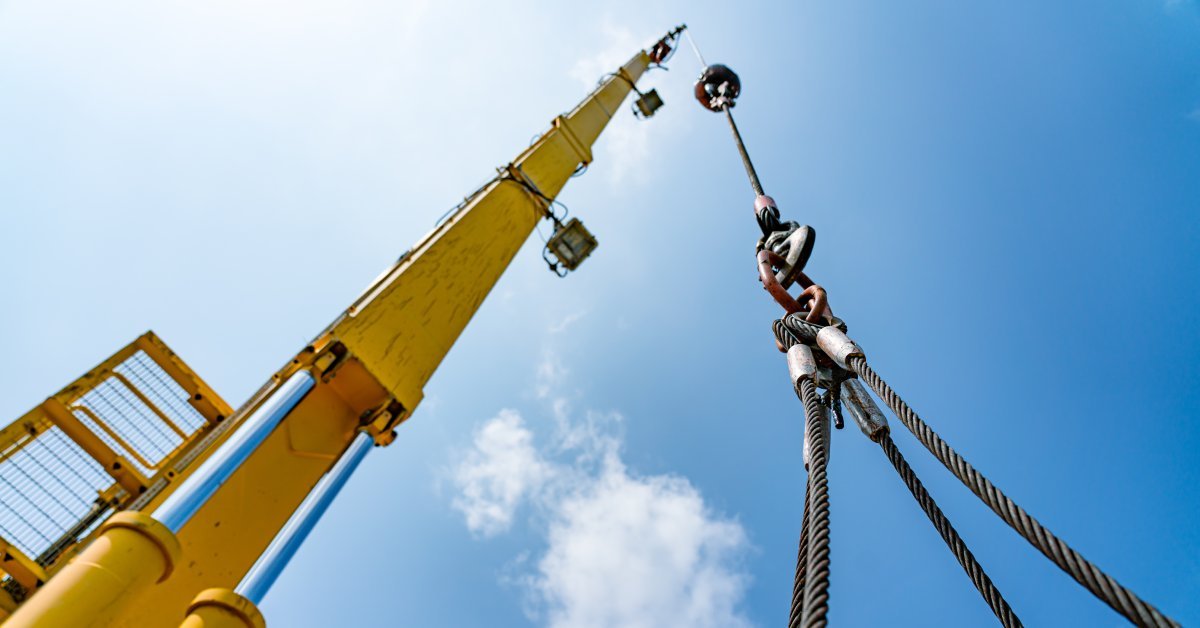Everyday Industries That Rely on Rigging Gear

Rigging gear encompasses the essential hardware that moves our world—wire ropes, slings, shackles, and hoists that lift, secure, and transport heavy loads safely. While most people associate rigging with construction sites, numerous everyday industries that rely on rigging gear operate behind the scenes, keeping our modern society functioning smoothly.
Construction and Infrastructure
Rigging gear plays a central role in nearly every phase of a construction project.
Lifting Heavy Materials
Construction crews depend on rigging systems to maneuver massive steel beams, concrete slabs, and rebar into precise positions. Chain slings and wire rope assemblies work alongside tower cranes to build skyscrapers, bridges, and highways. These operations demand rigging gear that can handle extreme weights while maintaining absolute reliability.
Safety and Load Control
Proper load handling prevents catastrophic accidents on job sites. Workers trust their lives to carefully inspected shackles and certified slings that distribute weight evenly across lifting points. Construction supervisors understand that quality rigging gear protects both personnel and expensive equipment from dangerous failures.
Transportation and Logistics
From highways to harbors, rigging gear keeps cargo moving safely and efficiently.
Flatbed Hauling and Cargo Securement
Long-haul truckers secure their loads using heavy-duty tie-downs, ratchet binders, and winch straps designed for highway speeds and varying weather conditions. These rigging components prevent cargo from shifting during transport, protecting both the driver and other motorists.
Ports and Shipping Yards
Maritime facilities rely heavily on specialized rigging gear for container handling operations. Massive gantry cranes use wire rope systems and spreader bars to move shipping containers from vessels to trucks. Loading dock equipment incorporates various rigging solutions to manage cargo efficiently.
Forestry and Logging
Timber operations depend on logging chokers, synthetic rope slings, and heavy-duty shackles to extract logs from dense forests. These components must withstand harsh outdoor conditions while maintaining their strength ratings. Cable skidders use rigging systems to drag felled trees across challenging terrain.
Remote logging sites demand equipment that performs reliably without immediate repair options. Forestry crews select rigging gear based on durability and weather resistance, knowing that equipment failure could strand operations miles from civilization.
Utilities and Telecommunications
Utility companies employ specialized hoists and rigging systems when installing transmission lines or replacing damaged poles. Lineworkers depend on this equipment to position heavy transformers and maintain electrical infrastructure safely.
Working near live electrical lines requires rigging gear that meets strict safety standards. Utility crews choose components rated for electrical environments, ensuring worker protection during maintenance operations.
Entertainment and Stage Production
Theaters, concert venues, and film studios use sophisticated rigging systems to suspend lighting grids, move set pieces, and create dramatic effects. From flying props to securing sound systems, rigging plays a major role in live productions.
The wide range of rigging uses for theatrical and stage productions shows just how essential this equipment is to both safety and creative execution.
Rigging Gear Powers Modern Life
These everyday industries that rely on rigging gear demonstrate how essential these tools are beyond traditional construction applications. Quality rigging solutions ensure safety, efficiency, and reliability across diverse sectors. Consider professional consultation when selecting rigging equipment for your specific industry needs.
- Everyday Industries That Rely on Rigging Gear - September 21, 2025
- 3 Ways You Can Improve Your Subaru’s Handling - September 20, 2025
- Simple Ways to Keep Your Bees Thriving All Year - September 20, 2025



